Formosan Tea - the Places of Tea Culture in North Taiwan
- Chi Hsu

- 2023年4月5日
- 讀畢需時 4 分鐘
已更新:2025年6月15日
吉客鏈:北台灣茶文史 X 茶文物館 X 茶出口集散地:大稻埕|關西
Recently, a wall of stencil tinplates with the name of global harbors, caught my eyes. It was on a guided tour last month (March 18th), which showed the glamorous era of Formosan tea exporting to the world.

(Photo Credit | Chi Hsu, taken at the Formosa Black Tea Co., Ltd.)
Tea is an aromatic beverage and probably the most widely consumed drink in Taiwan and the rest of world.
Let's have some Taiwan's tea rambles.
Tea Rambles
Teascapes along some hiking trails
On some of high mountain hiking trails in Taiwan, you can see the beauty of greenery terraced tea plantation with the mountain ranges and cloud sea behind.

(Photo Credit | Sunny Sun)
Tea Culture
While the East Asian tea cultures are being mentioned, you'd mostly imagine Chinese, Japanese and Korean styles. Traditionally, the later two were influenced by ancient China since the 9th century. Nowadays, each culture has developed its own rituals, tools and gestures.
Taiwanese tea was exported up until 1975's global economic crisis that caused no more tea exporting market. Instead, producers re-positioned to become the domestic tea market by the public and private sectors' joint efforts. Most of Taiwaneses started to have a tea in the late 20th century.
(Photo Credit | Chi Hsu)
In the recent years, you have probably heard of 'bubble tea', it came from local Taiwan tea restoration - the newest way to have a Formosan tea!
Tea Museum
Since Qing era China, refined tea was a traditional agriculture industry of Taiwan, there was a period of international trading which Taiwan produced and exported the majority of tea supplies, accordingly the Oolong tea in the late 19th century, the black tea in 1930s and the green tea in 1960s. (info referred here)
The Ping-Lin Tea Museum, located the suburban of Taipei City, organised and displayed the special exhibition of "Time Treasure of Black Tea" in 2021. It highlighted the golden age of Taiwanese black tea and introduced some key tea refineries. One of those was where I toured - The Formosa Black Tea Co., Ltd.,Guanxi, Hsinchu(臺灣紅茶株式會社).
(Photo Credit | Chi Hsu)
Tea Exporting Hubs - Dadaocheng | Guanxi Area
Dadaocheng
In 1869, John Dodd and Li Chunsheng (李春生)for the first-time sold the Formosa Oolong tea to New York via Suez Canal with a successful feedback. Tea refinery business started booming in Dadaocheng(大稻埕). More trading co. (hong) opened their branch offices in Dadaocheng.
Dadaocheng's tea merchandising was therefore dominated by the export trade. Numerous historic tea refineries and retail shops still remain, scattered along the district streets and alleys in Dadaocheng, such as: Wangtea (est. 1890) which used to export to Thailand, Japan, Hong Kong, and etc.
(Photo Credit | Chi Hsu)
Dadaocheng was fortunate and became properous as the tea distribution hub. However, the tea plantations were far away from Dadaocheng, the higher landscape with suitable climate was in the North Taiwan, as the map shows (the point 1~5 description referred North Taiwan's River Heritage - Daxi), became the basis of tea cultivation :

(Mapping made by Chi Hsu)
Guanxi
Guanxi (big red circle) is the tea plantation region on the upstream of Dahan River, so the tea cultivation farmers became the suppliers of Dadaocheng's refined tea market.
From Guanxi to the nearest river shipping ferry - Daxi, they had to use men carried through the mountain trial and unloaded the tea goods in the bank of Dahan River for the shipment to Dadaocheng's tea merchants. All the tough jobs done only earned a minor wholesale price.
According the tour guide's explanation, their local community came together to create a refined tea factory in 1937 and set an office in Dadaocheng in order to gain foreign orders. Since 1937, most of Guanxi's tea farmers and marketers expanded their own exporting business by automobile carriers via Keelung Harbor to the globe.

(Photo Credit | Chi Hsu, taken at the Formosa Black Tea Co., Ltd.)
The guide, who is the 4th generation of the tea refinery owner, proudly pointed the wall paper picture and said:
This was the memento image of that we first-time exported our tea cargos to London, Rotterdam and Copenhagen from here ever.
The Formosa Black Tea Co., Ltd.,Guanxi, Hsinchu
Tea was always an important trading goods. I've visited Boston's Tea Party Museum (click here) and appreciated its consequence. I can't agree more.
Formosa Tea Industry and Culture Gallery was founded in 2004, inside of the still working tea refinery. After the guided tour, I think about the picture of Formosa tea more than ever and realize my homeland offers various fabulous tea to the tea drinkers.
(Photo Credit | Chi Hsu)
Tea's Past and Now
Exporting TEA made a big fortune for the authorities and the traders in the past until 1975.
After that, there was only the domestic tea market until Taiwan joined WTO in 2002. The Gen X and millennials have started to take over the family tea business since 2010. The high-end oolong tea and ruby black tea presented very well in the global market again because of the creative and renaissance movement by the new insiders.
Nowadays, Taiwan's exporting goods are dominated by the computer chips and the related. The tea trade was transformed to be a culture device with various delicate flavors contributing to 'soft power' on the international stage.

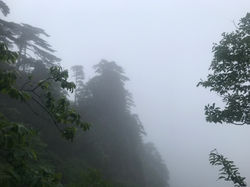






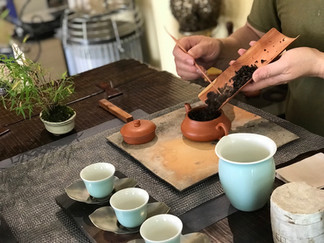







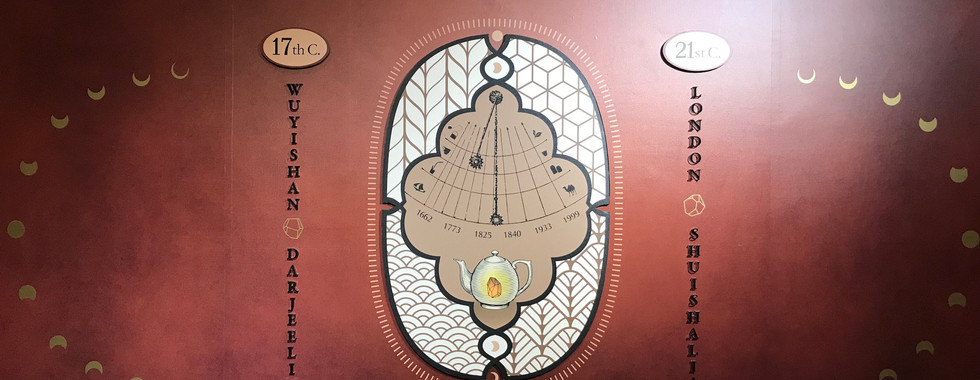















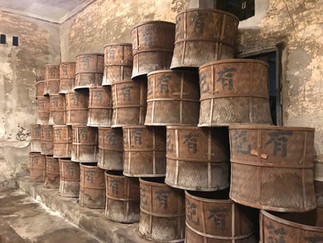



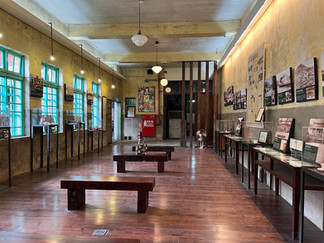






留言